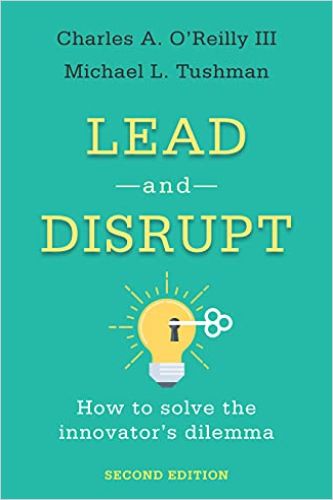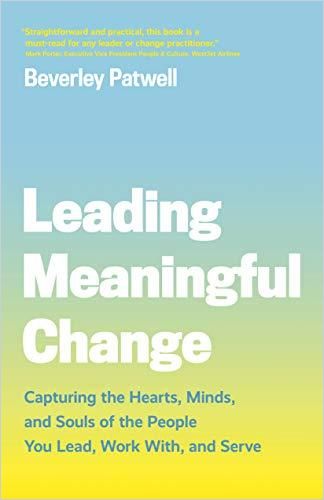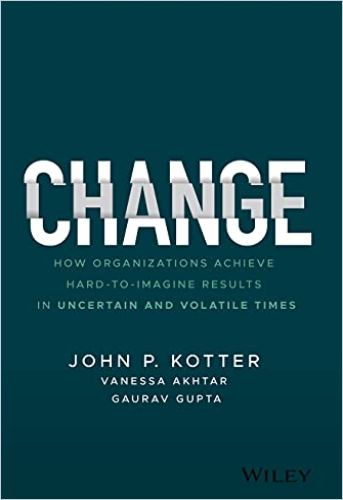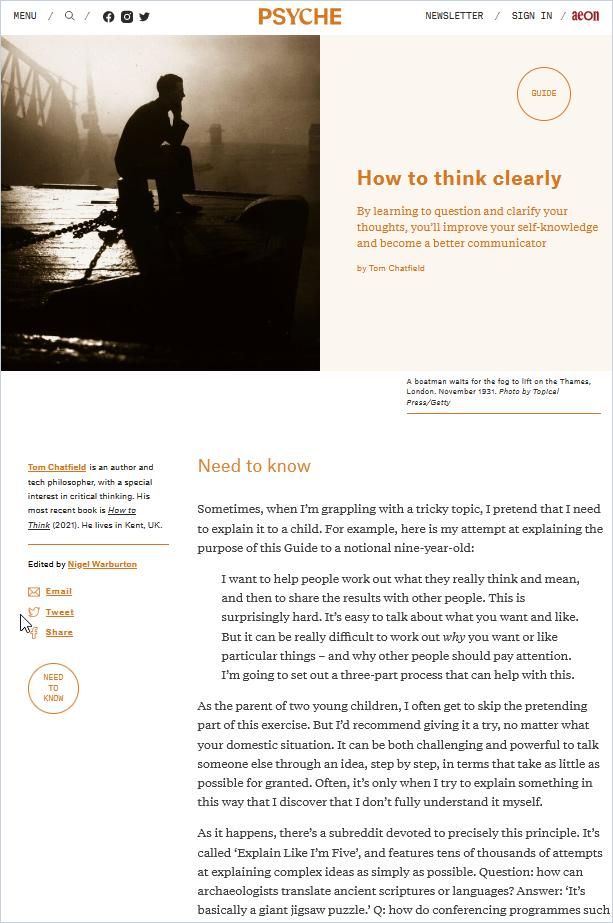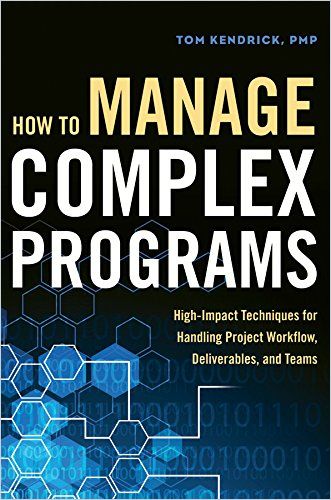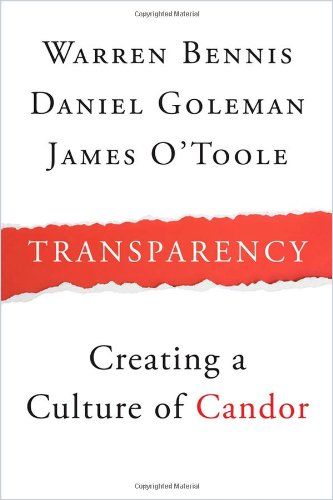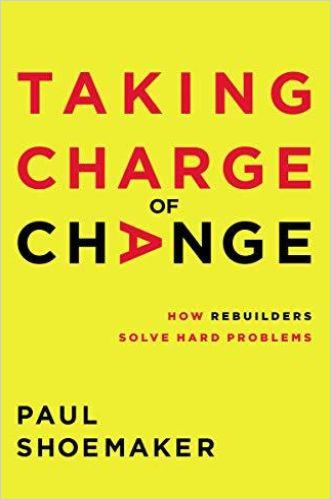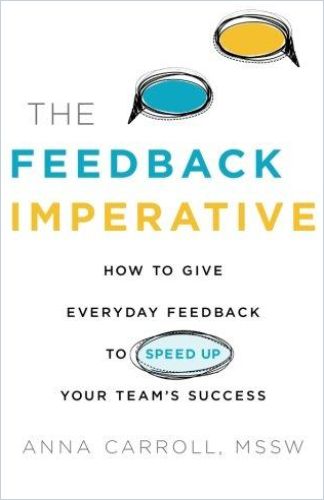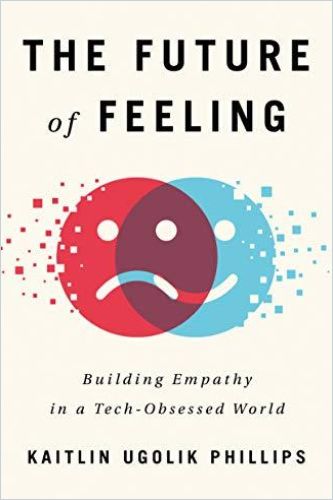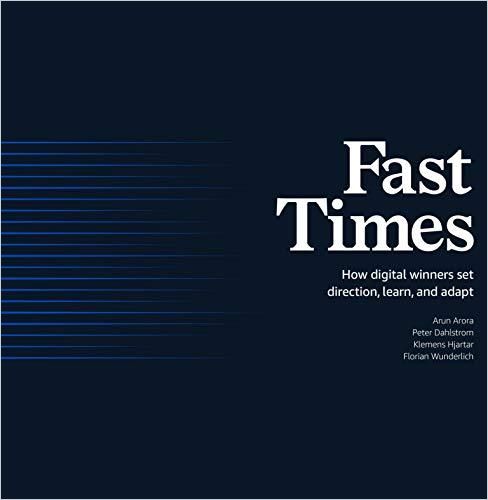How to Prevent Digital Transformation Collapse

In 2020, Boston Consulting Group found that a staggering 70% of digital transformation projects fall short of their goals. Too fast, too small-scale, too data-centric, and even poorly discussed and communicated, the patterns by which digital transformation projects fail in organizations are a similar story.
People want too much at once, don’t think strategically, integrate new digitized tools only partially or not at all, and in the end, often no one knows where to go from here.
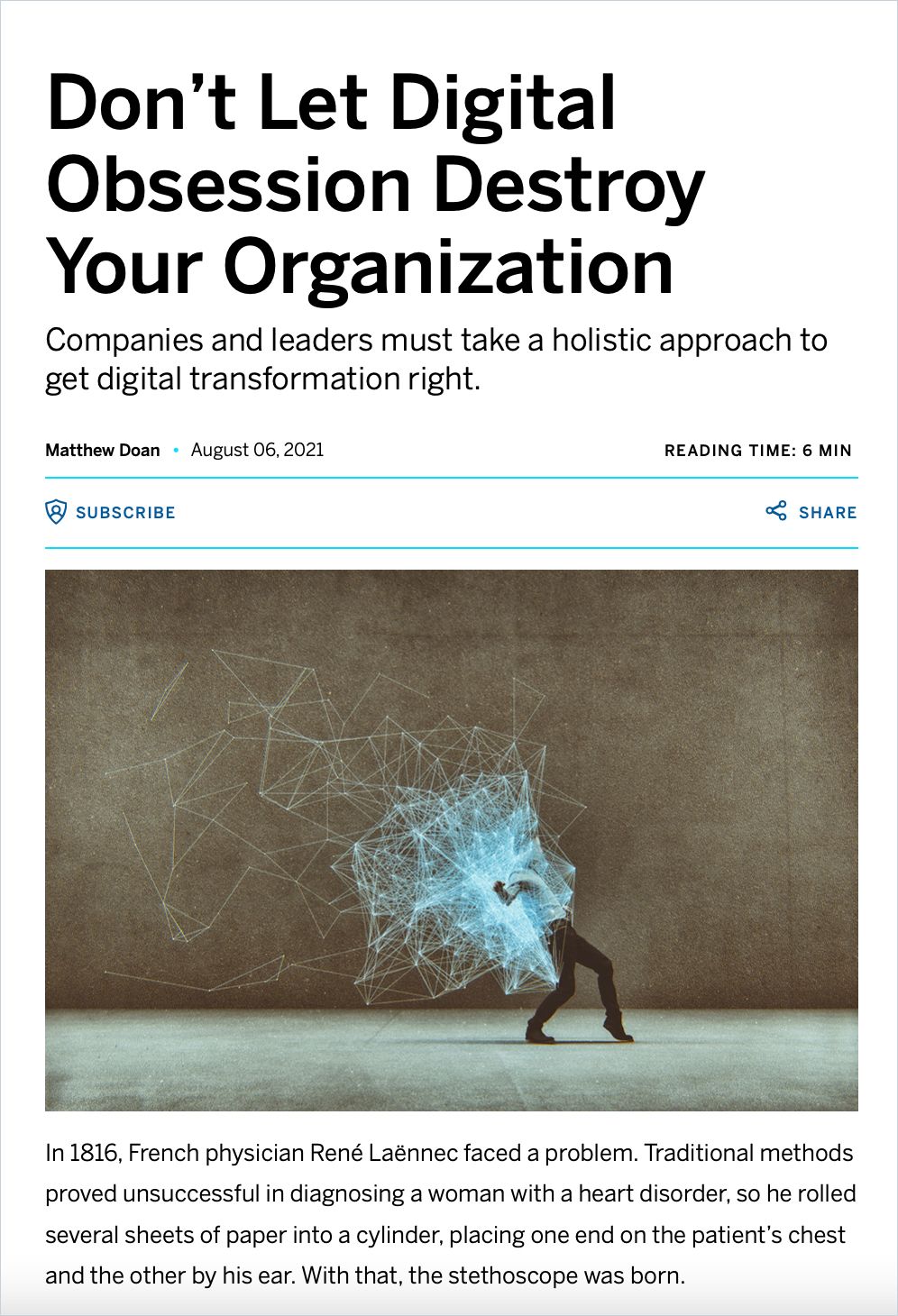
Don’t Let Digital Obsession Destroy Your Organization
MIT Sloan Management ReviewMatthew Doan, digital leadership coach and a leader within Boston Consulting Group’s digital practice, in a new paper for MIT Sloan Management Review, has summarized these patterns and outlined a counter-strategy: the FAST method. Although the speed of the transformation does not play the first fiddle here, an approach based on it is often faster and more promising in the end than project outlines that decidedly rely on the turbo.
Regardless of the specific goals in mind, desired outcomes should be FAST – frequently discussed, ambitious, specific and transparent.
Matthew Doan
Here you’ll find all the details you need to know, from F to T – with further content from getAbstract’s huge summary library.
F – Frequently Discussed
Changing a single variable within a complex system causes stress or opens up vulnerabilities in other parts of it. When dealing with digital transformation initiatives, view your organization as an interconnected ecosystem: Identify areas that would benefit from digital enhancements, map out areas that will be affected by the change and identify the people who need to be involved to bring the project to a successful conclusion.
It’s crucial to understand digital transformation not as a series of one-time initiatives but as a long-term process of integrating digital tools into the organization’s DNA.
When introducing these upgrades, all involved personnel must be very specific about the results they are seeking and discuss them frequently. The following articles explain various approaches to this:
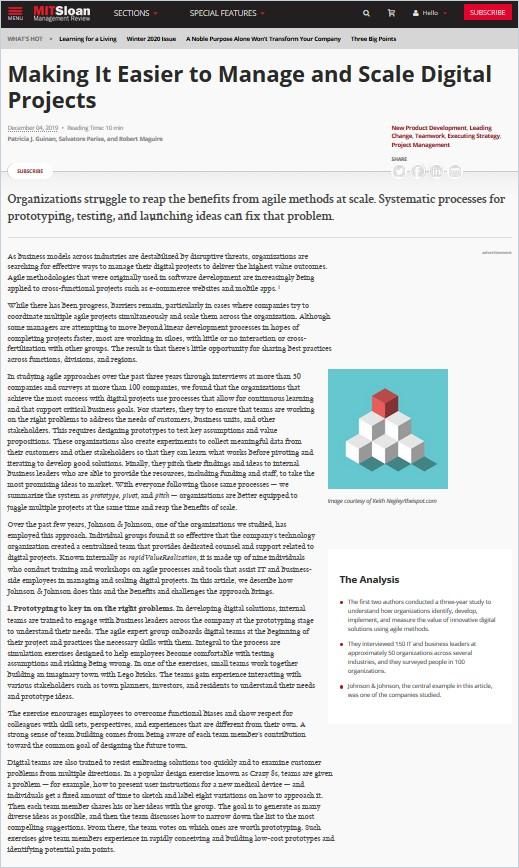
Making It Easier to Manage and Scale Digital Projects
MIT Sloan Management Review Read Summary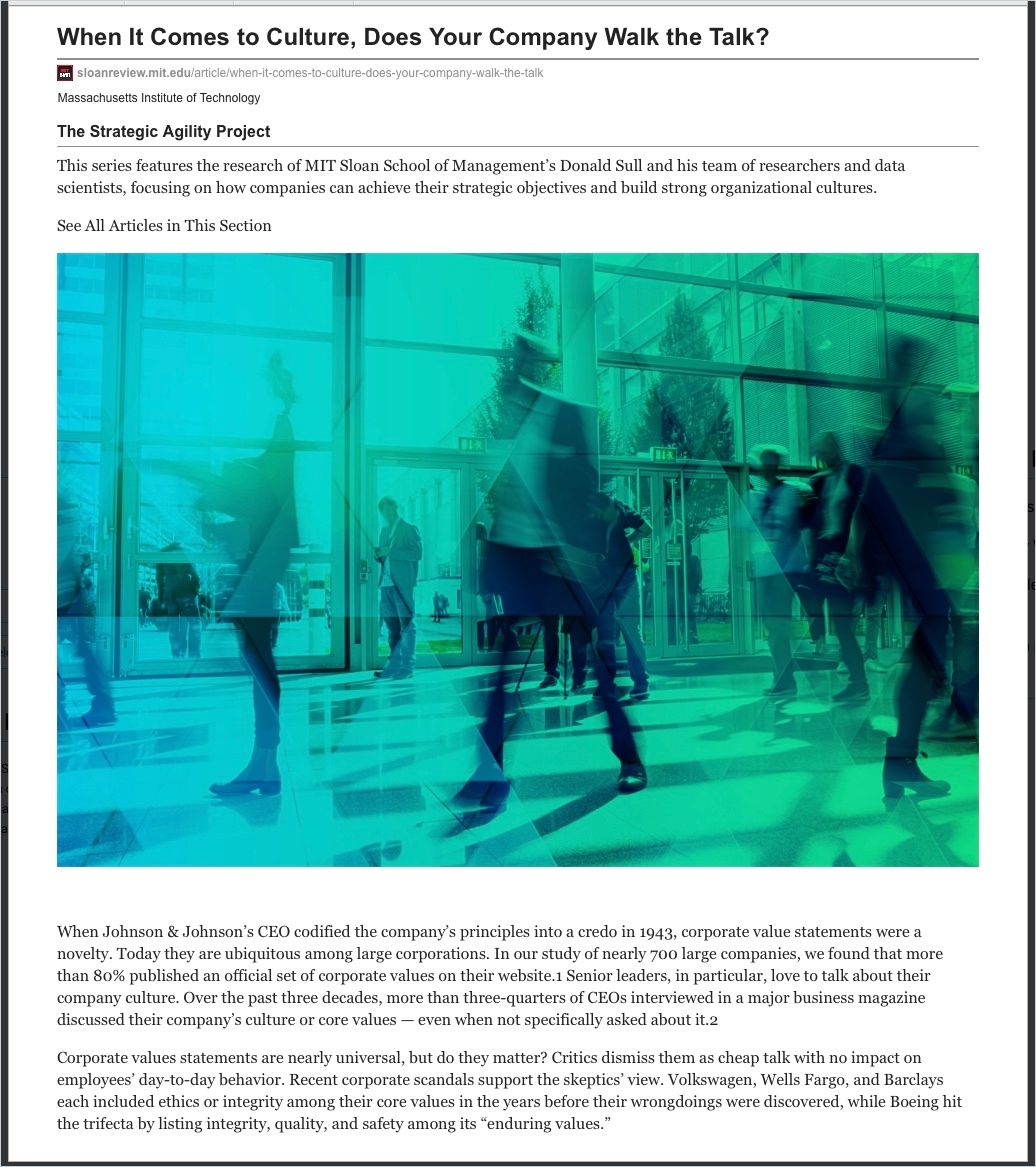
When It Comes to Culture, Does Your Company Walk the Talk?
MIT Sloan Management Review Read SummaryA – Ambitious
Organizations rushing to adopt digital technologies focus narrowly on specific inefficiencies and make large investments to optimize them. They introduce innovations, such as cloud services and cybersecurity measures in a patchwork fashion without considering their impact on the organizational processes and the workforce.
Organizations can reduce the 70% failure rate of one-off digital initiatives by taking a more thoughtful, coordinated and human-centric approach to digital transformation.
Do you have the big picture in mind? Learn to think bigger about your goals and define the way to get there with meaningful subgoals whose achievement is measurable:
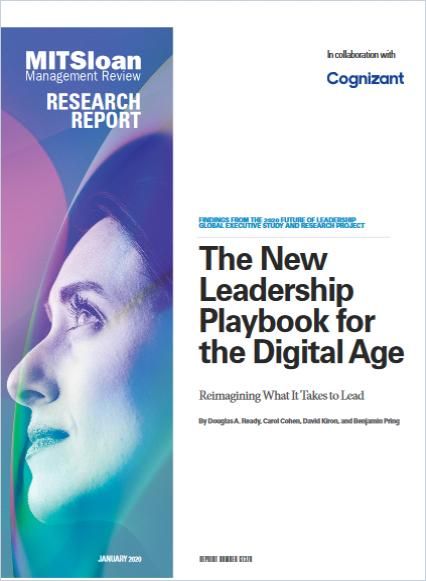
The New Leadership Playbook for the Digital Age
MIT Sloan Management Review Read SummaryS – Specific
Leaders must consider the impact of the digital initiative on the employees or customers affected by the change. They need to develop a very detailed understanding of the needs a digital initiative seeks to address or satisfy – and adjust their digital approach accordingly.
The goal of digital transformation is to create new value – either for customers or employees. When introducing technological upgrades, leaders must be very specific about the results.
So, when it comes to goals, be as specific as possible, but reserve the right to change individual goals if the overall situation changes. After all, it may well be that on the way to your top goal you find that the route you originally intended must change.
T – Transparent
Digital projects don’t fail because of running out of money, faulty programming, or missed deadlines – they fail because poor communication and bad decisions based on it led to those fatalities.
It is therefore important that the big picture remains transparent and that you don’t get bogged down in the minutiae – whether that’s communication, goal review or anywhere else along the way: You have to engage people, and people have to learn to think holistically. This is only possible if an organizational overview is created and ensured.


